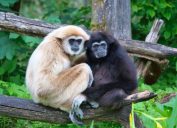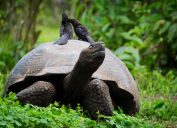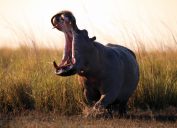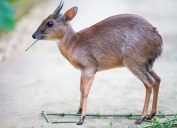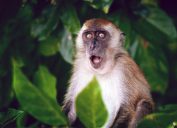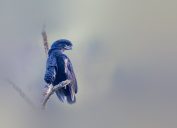33 Adorable Animals That Are Actually Deadly
Pandas aren't so cute once you learn of their murder potential.
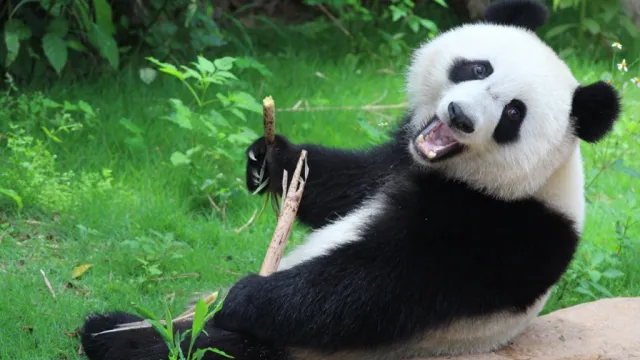
You can never judge a book by its cover, especially if you're out in the wild. Some of the scariest looking animals, like cellar spiders and bats and garden snakes, are actually harmless, while other animals commonly perceived as amicable and adorable are actually some of the deadliest creatures out there. Even some of the cute creatures that we think we know to be docile are surprisingly harmful to both humans and other wildlife.
Take the dolphin, for instance: While these mammals are uncannily intelligent and are a total blast to swim with on a Caribbean vacation, they've also been known to pulverize their own offspring. And let's not underestimate the pouncing pain potential of the domestic cat, a species responsible for more than 12 billion kills each year—in just our country alone. Before you approach a seemingly kind, gentle creature, make sure that their name isn't below—or you may come to seriously regret it.
1
Pufferfish
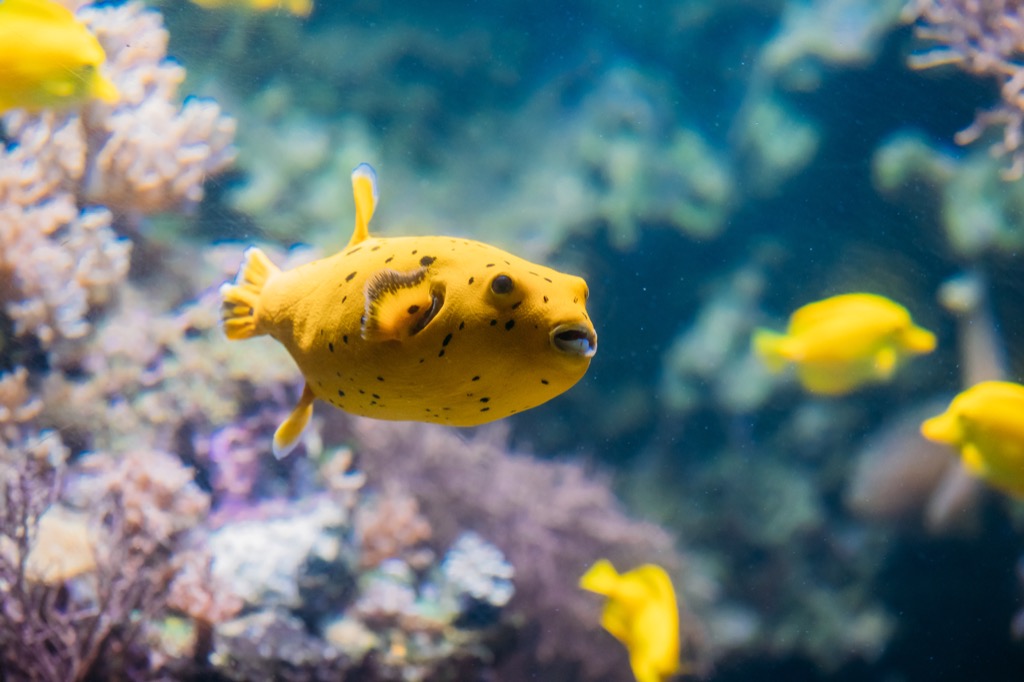
While the pufferfish might've made a cute cameo in Finding Nemo, the marine species is actually quite dangerous. If eaten, these inflatable animals are toxic—1,200 times more poisonous than cyanide, to be exact.
2
Hippopotamus
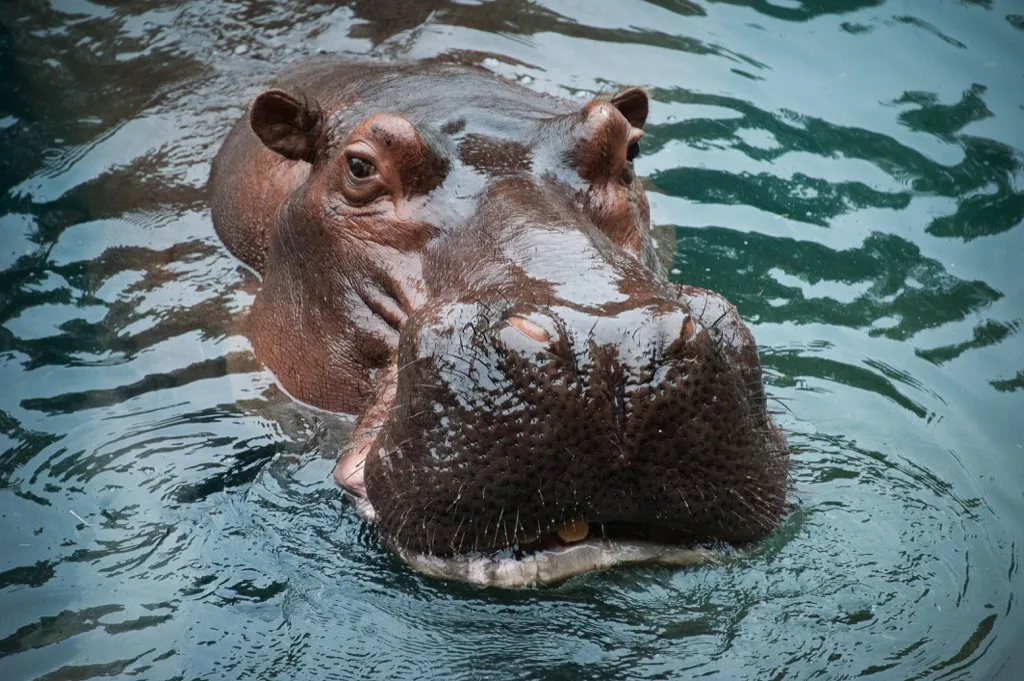
You might think (or hope) that the hippopotamus' large size would slow it down, but unfortunately that is far from the case. These creatures can run faster than humans and will attack anything with no predictable pattern, and the BBC reports that they are responsible for nearly 500 human deaths in Africa per year.
3
Slow Loris
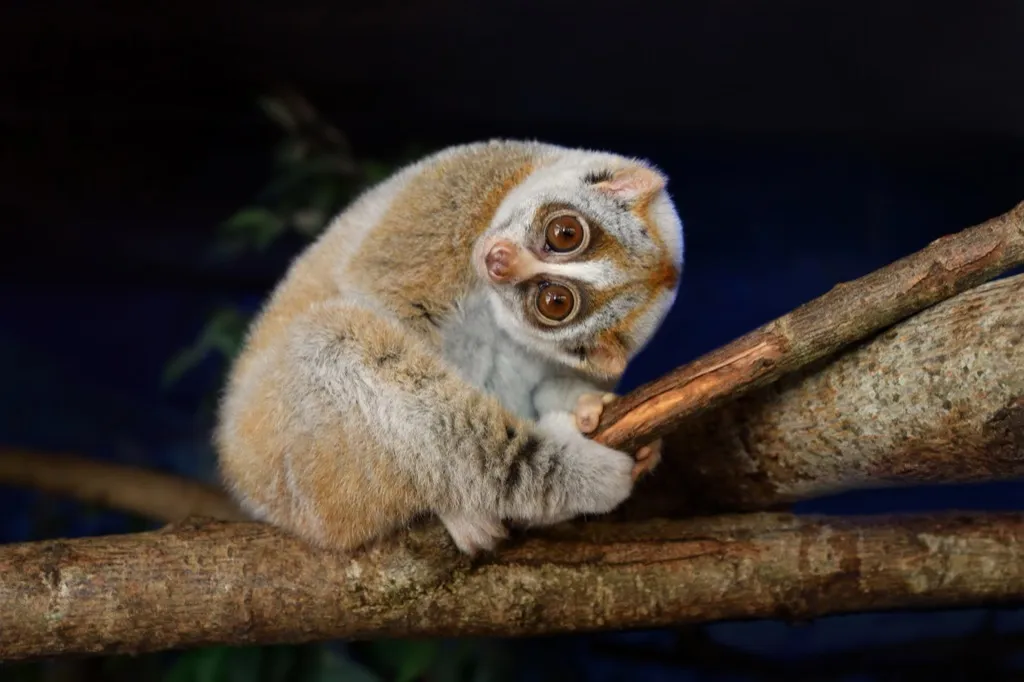
It's hard to resist the gentle eyes and cuddly demeanor of a slow loris—but if you encounter one, you best try. Though they look like benign baby Ewoks, these vicious mammals are actually quite venomous—and if they feel attacked, they can (and will) mix their toxins into their saliva and fur to harm perceived predators.
4
Blue-Ringed Octopus
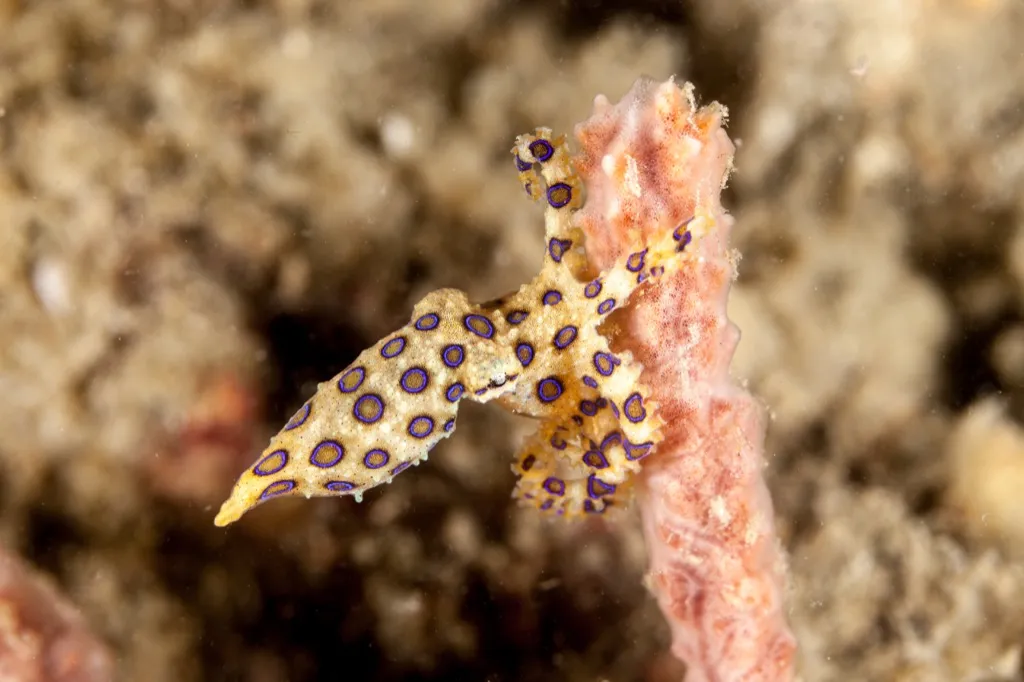
Deadly things come in small packages. Take the blue-ringed octopus, for instance: Though the sea creature is smaller than your average candy bar, it holds venom 1,000 times stronger than cyanide, and it has enough of it to kill 26 humans in just minutes.
5
Polar Bear
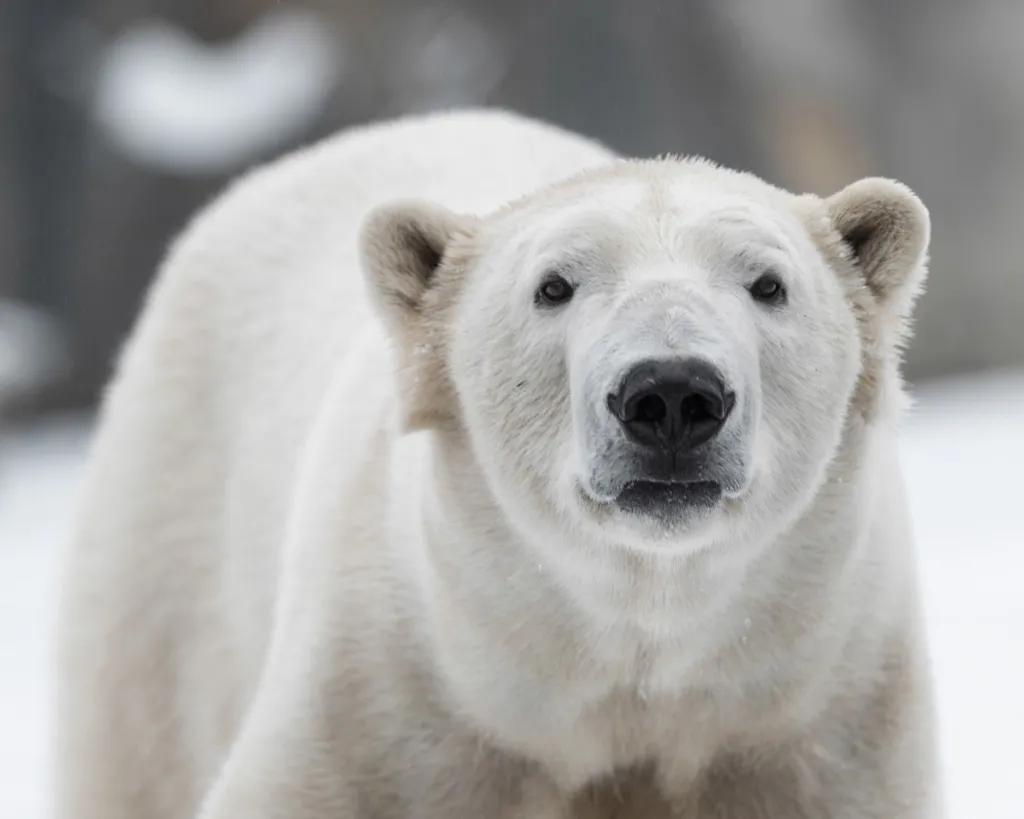
"Polar bears are the only animal that will definitely stalk a human and eat them," Ed Zebedee, director of the Government of Nunavut's protective services branch, told The Sydney Morning Herald. Luckily, a whole lot of ice keeps polar bears away from humans for the most part—but 73 attacks have still been recorded in the last 130 years or so.
6
Leopard Seal
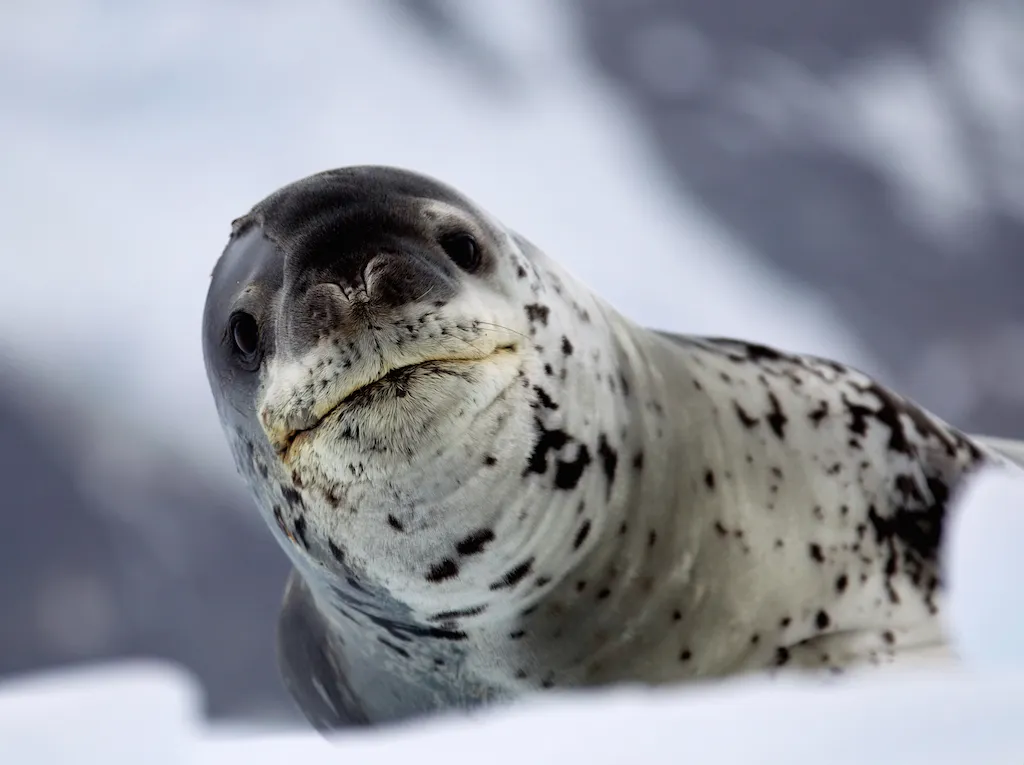
People love to think of seals as cute "ocean puppies," but the leopard seal is more than meets the eye. The third largest seal in the world at up to 10 feet long, these animals are notoriously aggressive, and any scientist or photographer who gets too close to one risks paying the ultimate price.
7
Domestic Cat
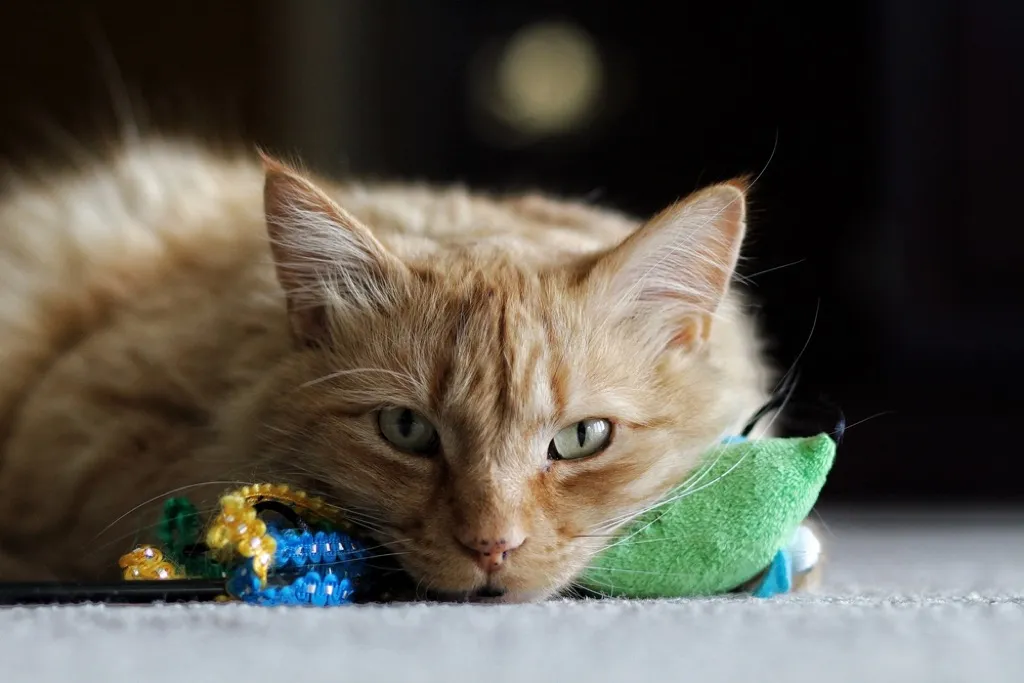
No, we're not insinuating that your cat is going to kill you in your sleep—but they might kill everything in your backyard. One report published in the journal Nature found that cats are responsible for an average of 2.4 billion bird deaths and a whopping 12.3 billion mammalian deaths a year in the United States alone. Put another way, if those numbers were human lives, domestic cats would eliminate the human race twice over—every year. So if any native mammals like the shrew or the chipmunk go extinct, we know who to blame.
8
Raccoon
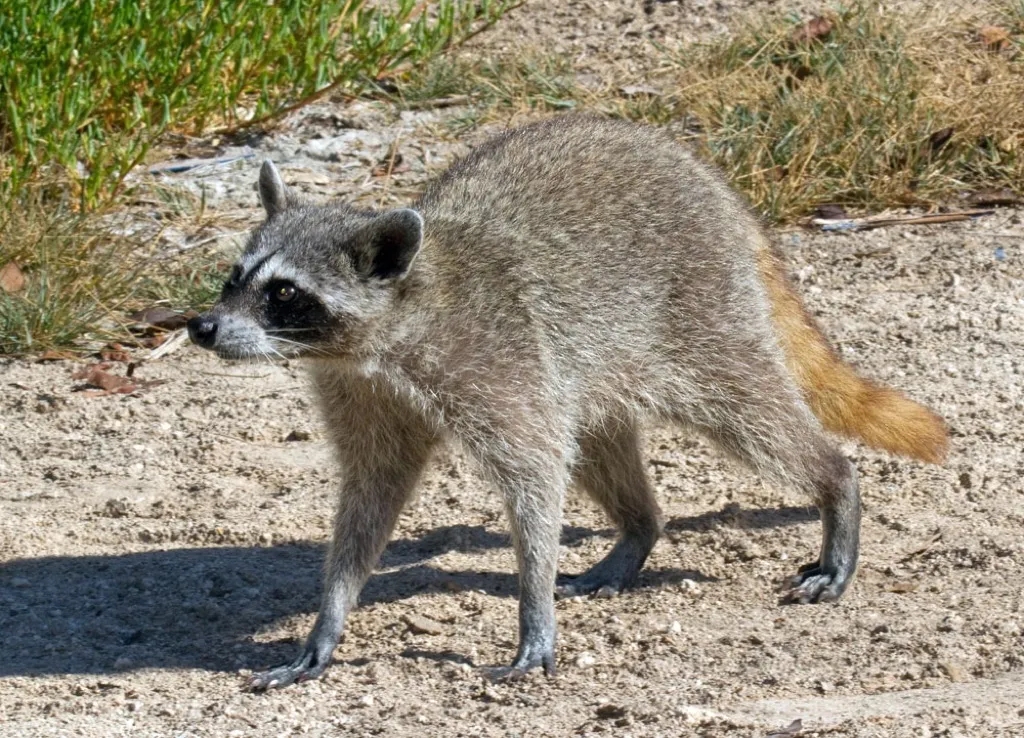
Raccoons themselves generally don't tend to harm humans—but the parasites they carry are another story. These trash-eating mammals carry diseases you've heard of (rabies, mites) and other, rarer, more dangerous diseases that you probably haven't (tularemia, leptospirosis, toxocariasis—which, by the way, are all as terrifying as they sound). Not everyone who comes into contact with a raccoon will get infected, but it's not worth taking that gamble.
9
Kangaroo
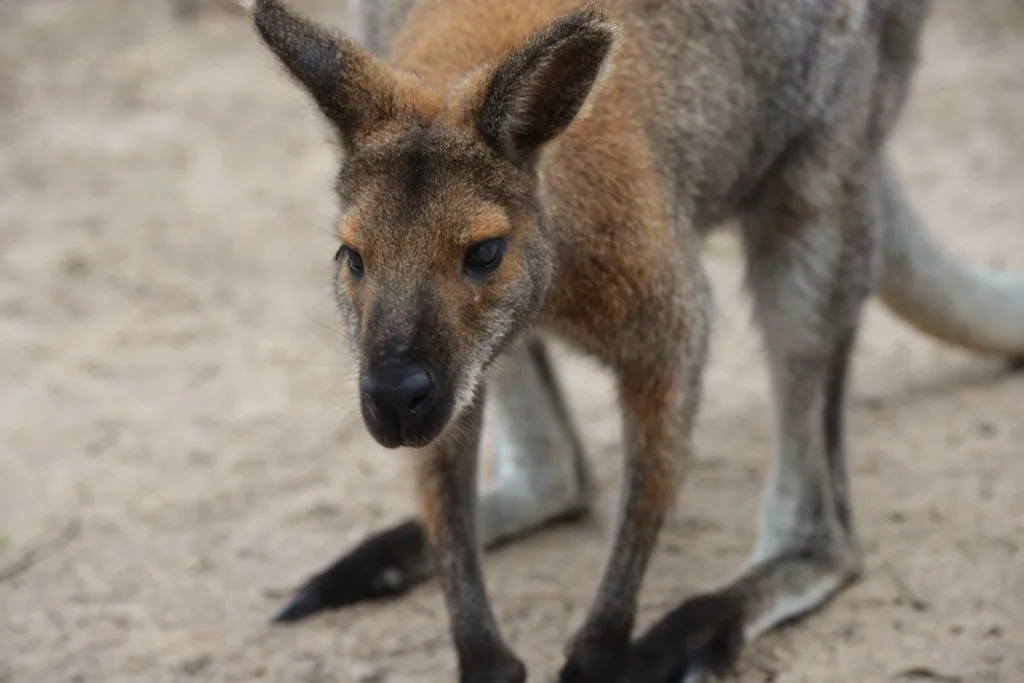
Though kangaroos don't tend to attack humans directly, they do have a penchant for harming dogs, which often leads to altercations between kangaroos and dog owners. For instance: Recall the viral video of a man punching a kangaroo in the face to save his dog.
10
Dingo
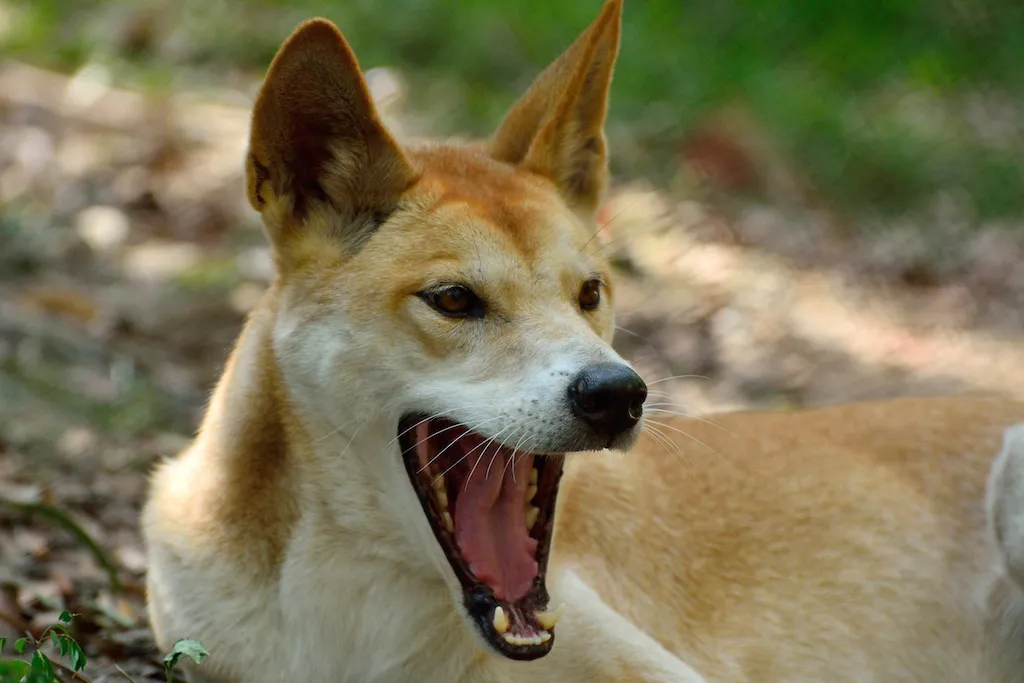
In Australia, dingo attacks on wildlife are so common that a Dingo Fence was constructed in the late 1800s just to keep them out. And while attacks on humans are less common, they have been known to happen—even, according to an Australian Broadcasting Corporation report, as recently as last month.
11
Wolverine
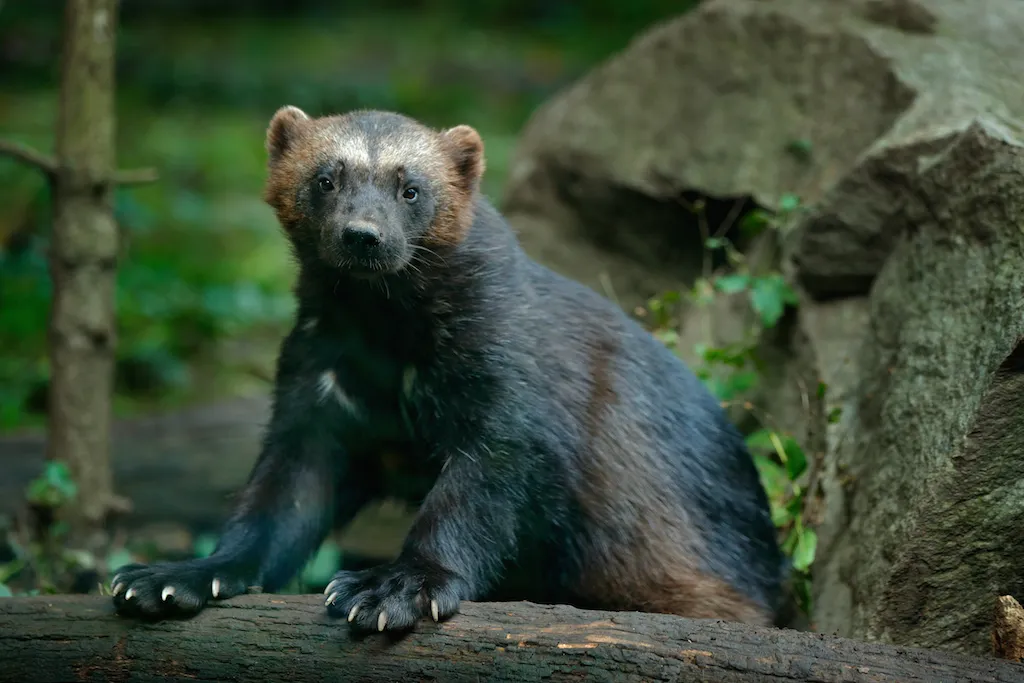
No, we're not talking about Hugh Jackman's obviously deadly Wolverine. We're talking about the character's source material, an elusive weasel with a insidious "unmatched ferocity." Their name derives from a German word meaning "devours much"—an appropriate moniker, given that this creature will hunt anything and everything it comes across, humans included.
12
Chimpanzee
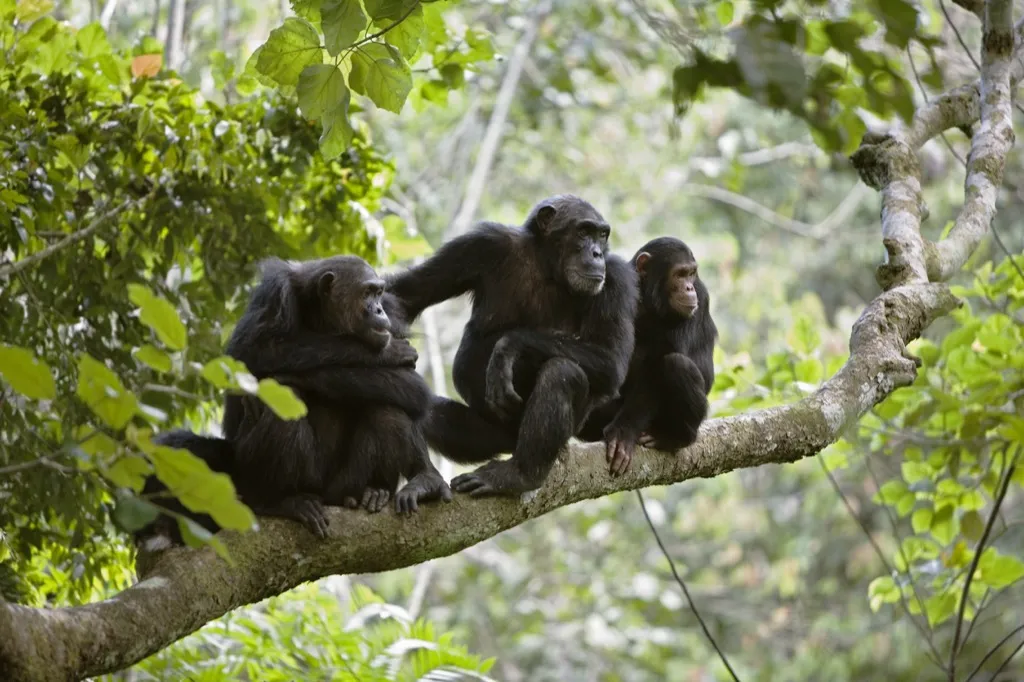
Though they're adorably hairy and share a not insignificant amount of DNA with us, you may not want to approach a chimp willy-nilly. "Violence is a natural part of life for chimpanzees," Michael Wilson, associate professor of anthropology at the University of Minnesota, told Live Science. When Wilson and his team studied the animal, they found that aggression is a natural trait for them, and that they are prone to attacking both members of their own species and of others.
13
Duck-Billed Platypus
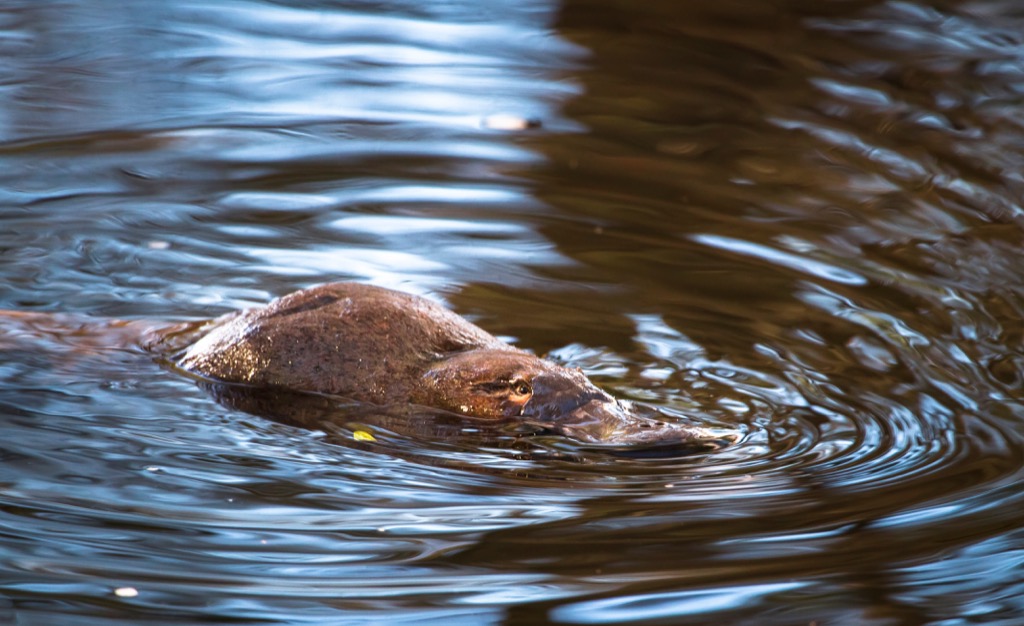
Not only is the duck-billed platypus one of the few mammals to lay eggs, it's also one of the few to be venomous. The males are capable of delivering a sting that feels like "hundreds of hornet stings," and victims of an attack will be out of commission for weeks.
14
Mute Swan
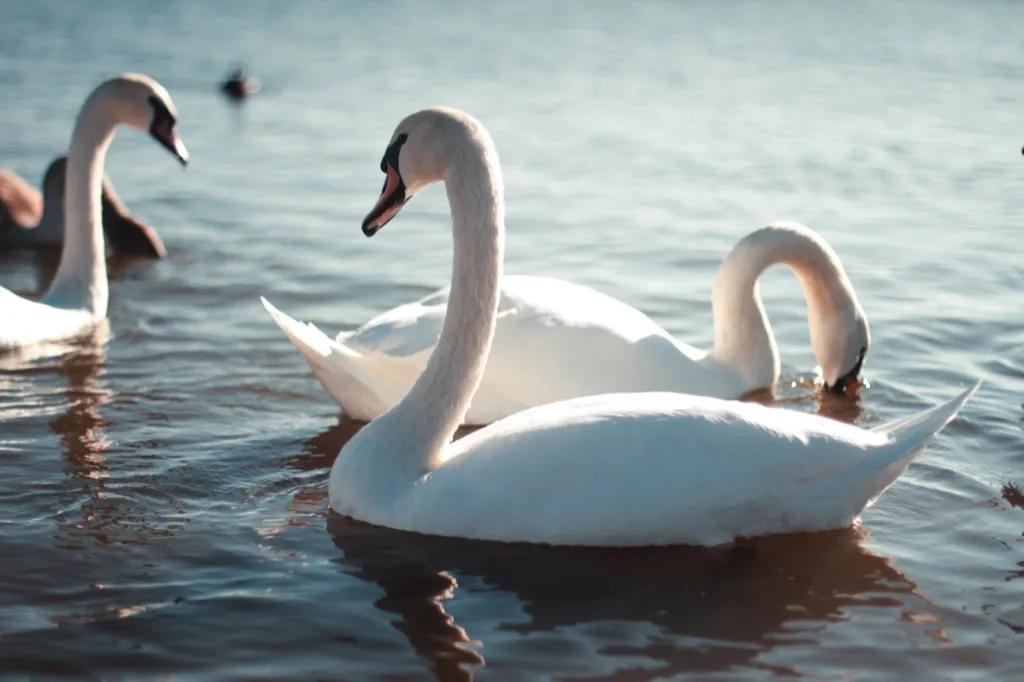
When it comes to their nests, mute swans are quite territorial. Should you encroach on their territory—accidentally or otherwise—a mute swan won't hesitate to attack you with its lengthy wings. They're muscular, too, so don't be surprised if you end up in the hospital after the attack with broken bones, bruises, and other bodily injuries.
15
Panda Bear
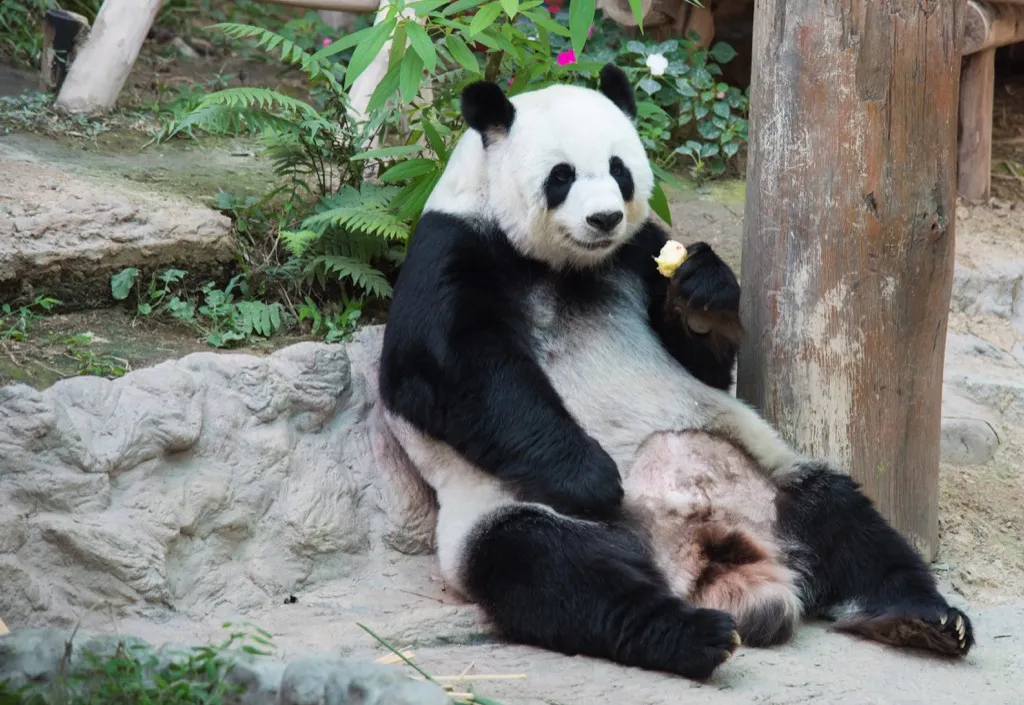
Because panda bears are almost entirely herbivores who feed on bamboo, they require an immensely high bite force in order to crack through bamboo stems. But even though they don't desire flesh for feeding, they will attack humans—and when they do, as reported in the International Journal of Clinical and Experimental Medicine, their puncture wounds are severe and sometimes even deadly.
16
Moose
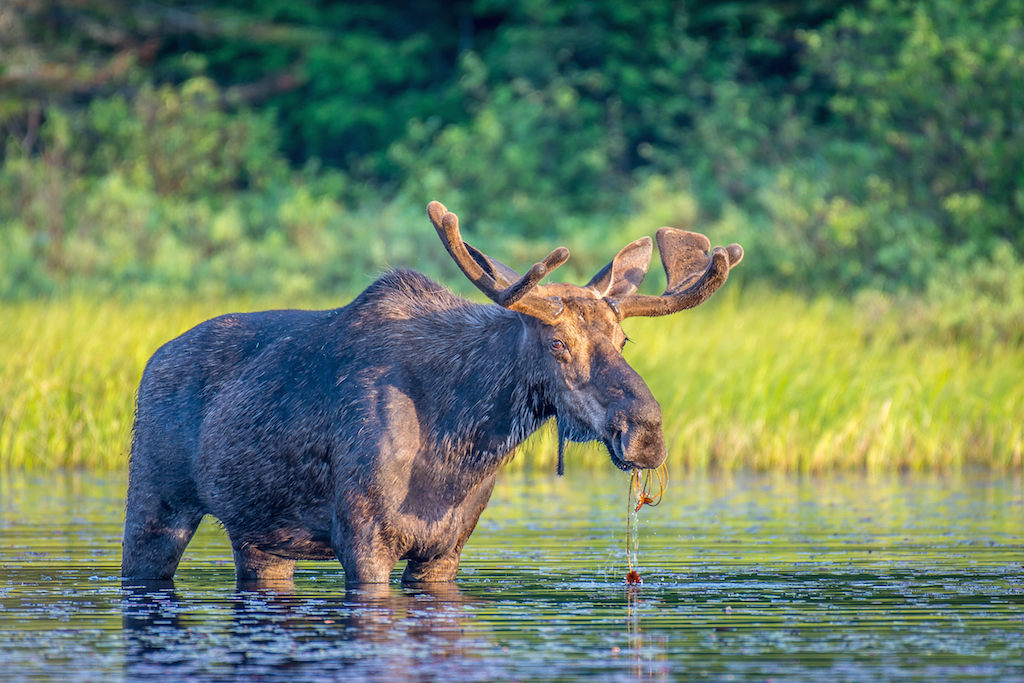
From afar, moose are just goofy, lovable creatures that you may have an urge to hug. Get too close to one, though, and you'll realize that this "lovable" beast is actually almost seven feet tall and has the potential to kill you in one effortless blow. "Assume every moose is a serial killer standing in the middle of the trail with a loaded gun," Jessy Coltrane, a wildlife biologist, told CBS News. And given that moose attack more people per year than bears, you might want to heed her advice.
17
Elephant
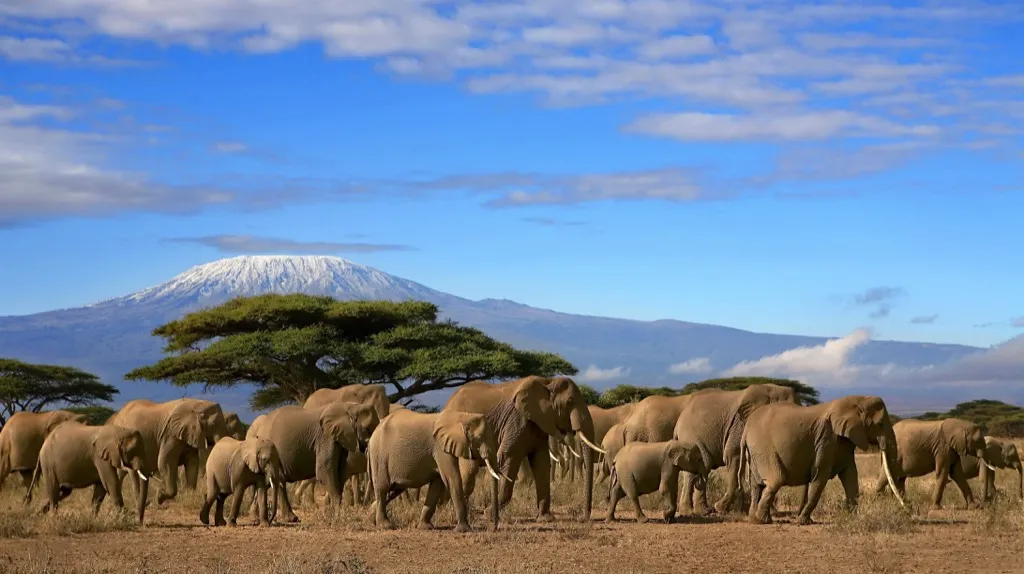
If you've ever seen an elephant in person, then you can understand how the mammal is so dangerous. While perceived in films like Dumbo as a gentle giant, the elephant is actually quite easily agitated—and thanks to its humongous size, all it has to do is trample on whatever's bothering it to make the problem go away (like the nearly 500 people it kills every year).
18
Tasmanian Devil
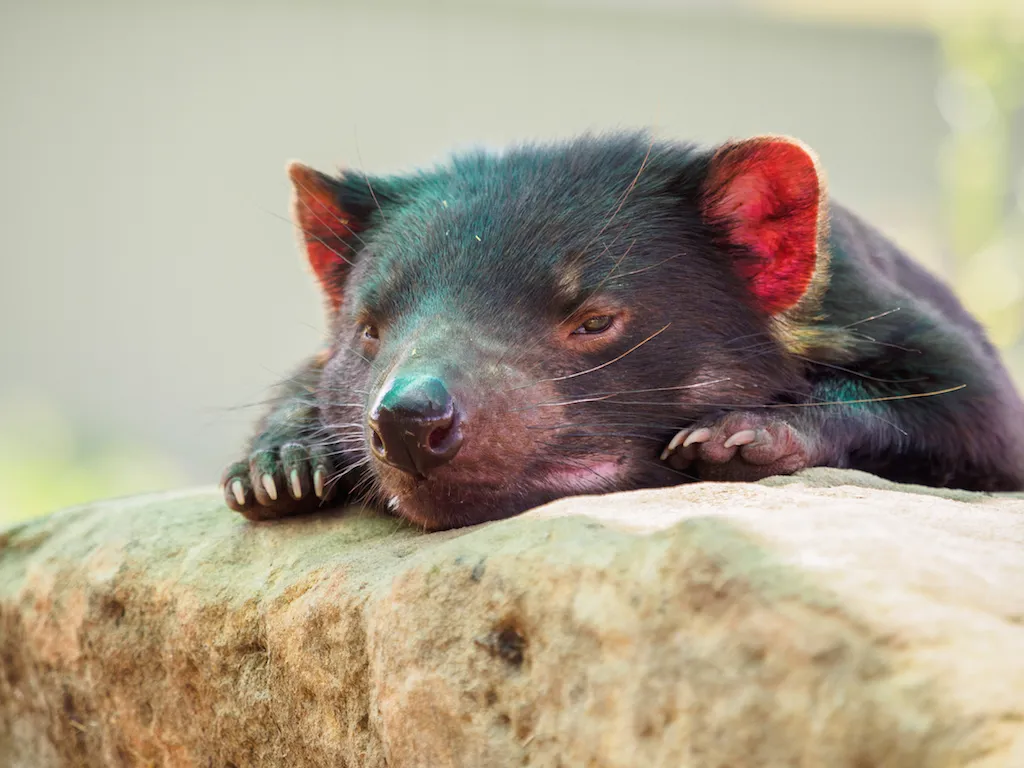
Whether they're protecting their family, feeling threatened, or fighting for food, the Tasmanian devil has been known to go into a fit of rage not unlike its legendary cartoon portrayal. In fact, the Australian marsupial got its name long ago thanks to these "devil"-like displays. If you ever find yourself near one, remove yourself from the situation as quickly as possible.
19
Komodo Dragon
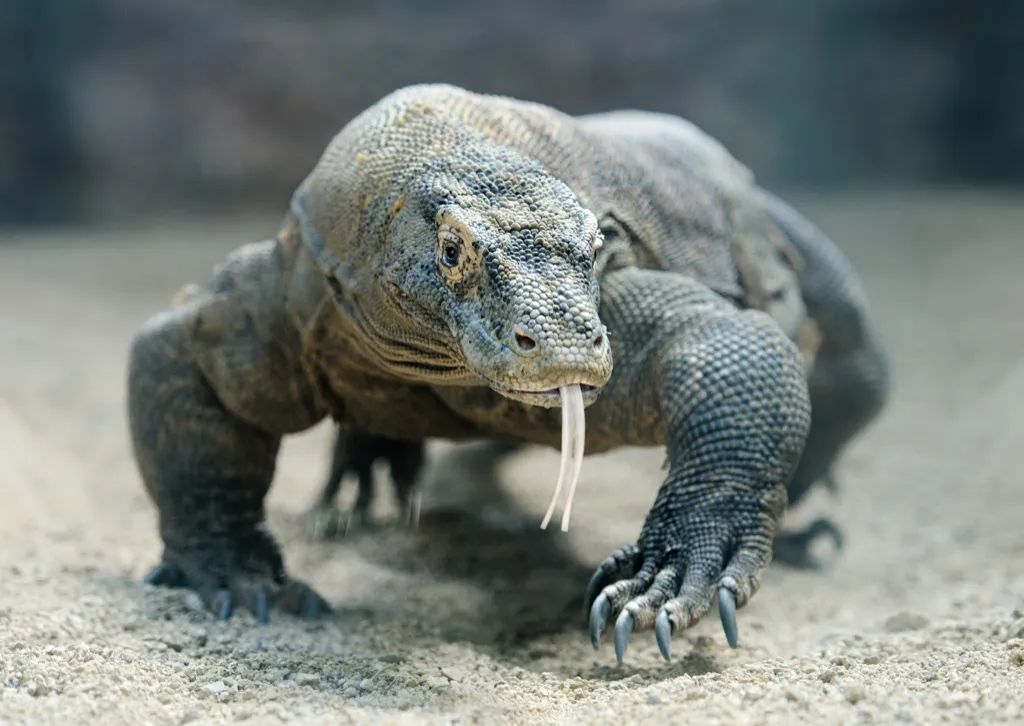
Though it can't breathe fire or fly like the mythic beasts it shares a name with, the Komodo dragon has some superpowers of its own, so to speak. Its saliva is so venomous that anything coming into contact with it will perish within 24 hours—at most. Who needs to breathe fire with spit that strong?
20
Lion
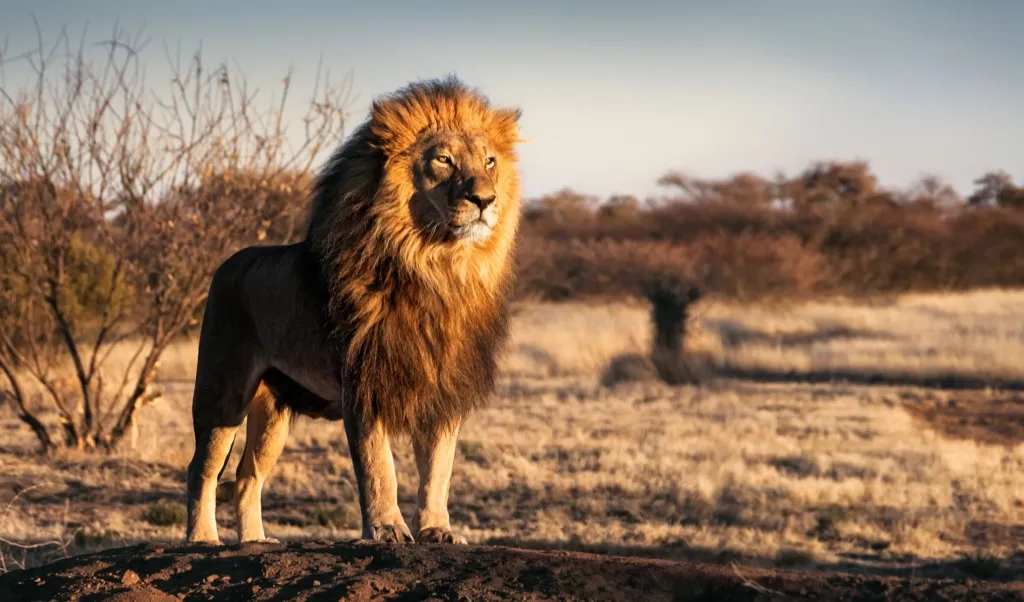
Lions certainly look cute in their cages at the zoo, but the last thing you want to do is get too close to one. With its sharp claws and superior hunting skills, the king of the jungle is also one of the deadliest creatures in the wild, killing an average of 100 humans per year.
21
Wolf
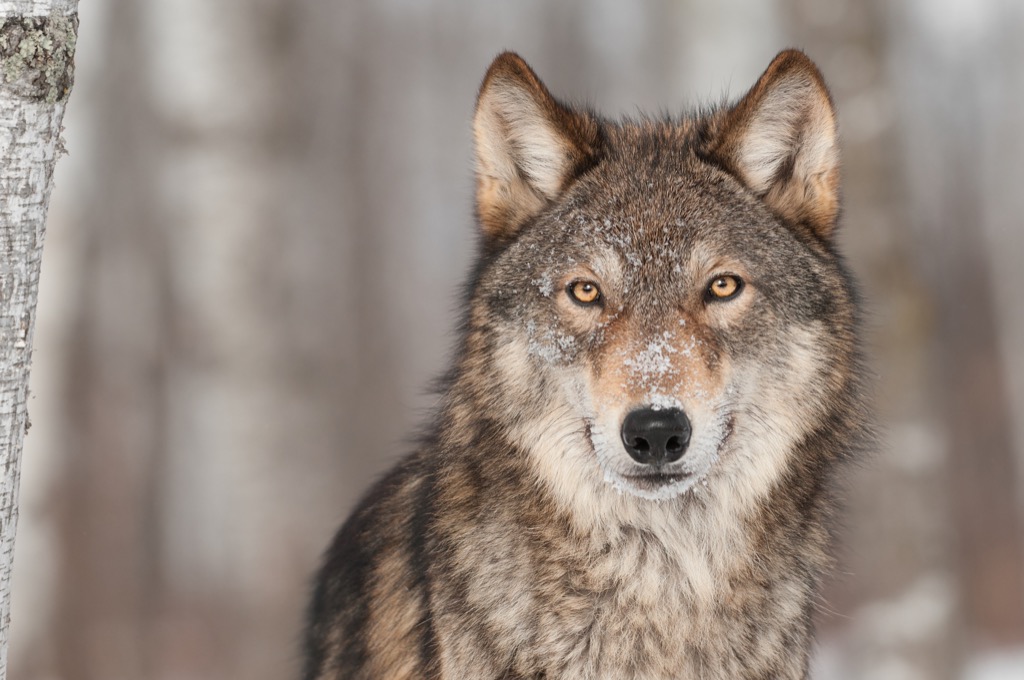
Dogs and wolves share a common ancestor—and like their relatives, wolves won't attack humans unless provoked. However, because of their sharp fangs and potential to carry rabies, wolves do have the potential to kill whatever they attack, and so it is best not to get too close to one.
22
Leopard

Given their unpredictable behaviors and impeccable hunting skills, leopards are generally considered to be more dangerous to humans than lions. In fact, according to the Tata Institute of Fundamental Research, in some parts of India, leopards are responsible for more human deaths than every other large carnivore combined.
23
Rhinocerous
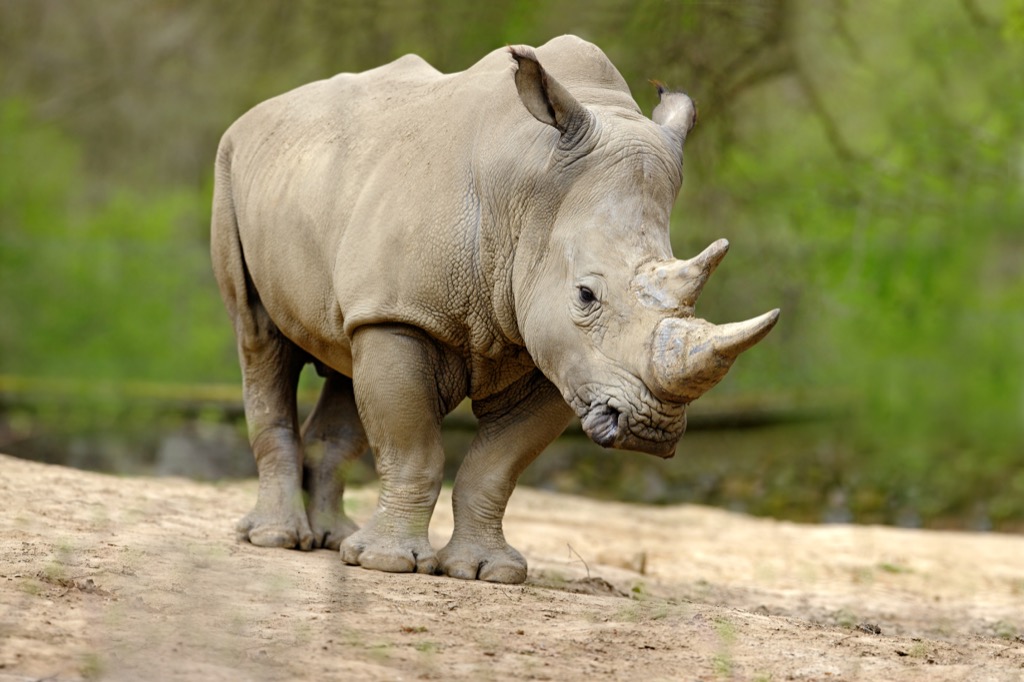
Rhinoceroses prefer to steer clear of any human interaction. However, when they do encounter humans, there is a good chance they will charge—especially if they're protecting their young. And it doesn't help that the rhinoceros has infamously terrible vision, meaning that it will charge at pretty much anything that encroaches on its territory.
24
Rat
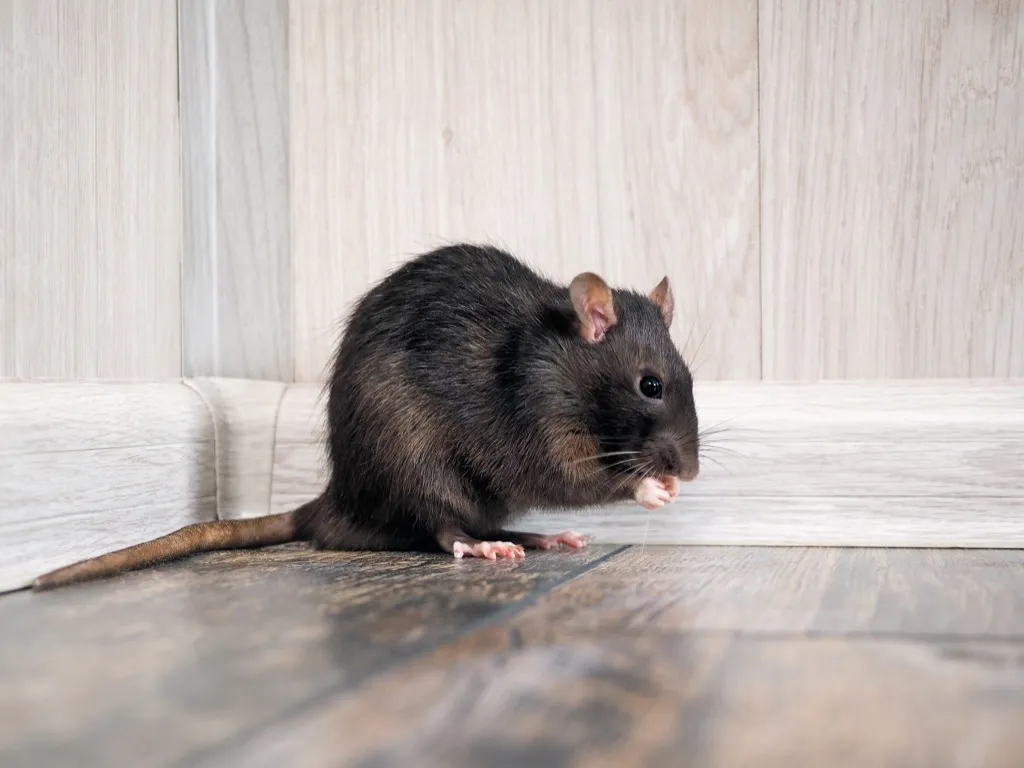
If you ever want proof of just how deadly rats are, just look at the Black Plague. This pandemic, which resulted in the deaths of an estimated 200 million people, was spread around Europe and Asia by oriental rat fleas with the help of none other than the black rat.
25
Dolphin
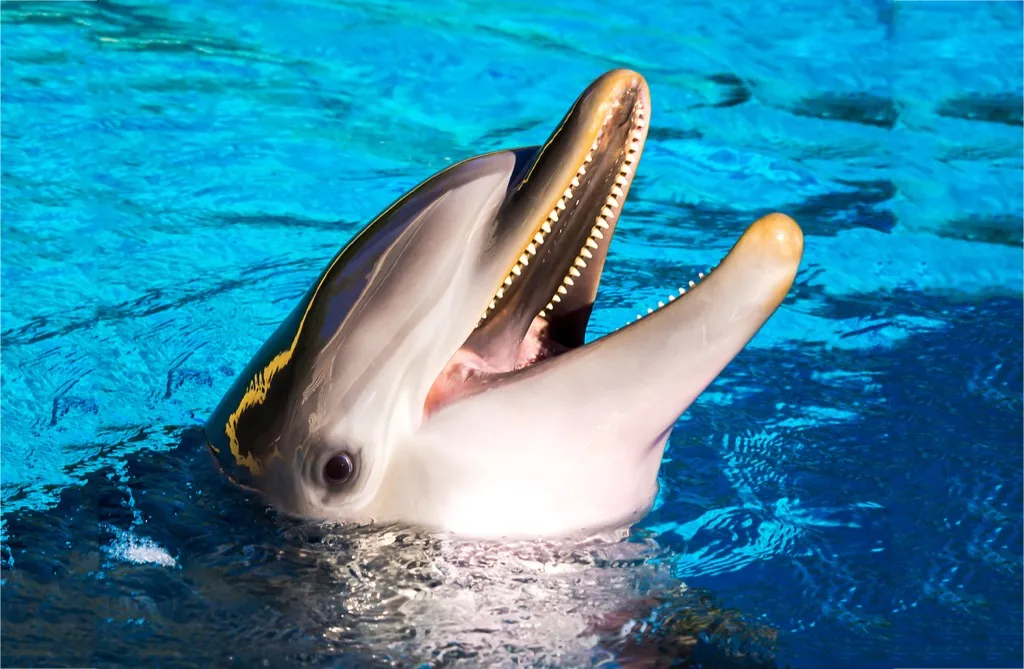
Sure, dolphins are cute when you're swimming with them on vacation in Cancun, but they're not nearly as cute when you're reading about how they bludgeon their own offspring to death. If these marine mammals are capable of killing their own young, then just imagine what they could—and would—do to a human.
26
Deer
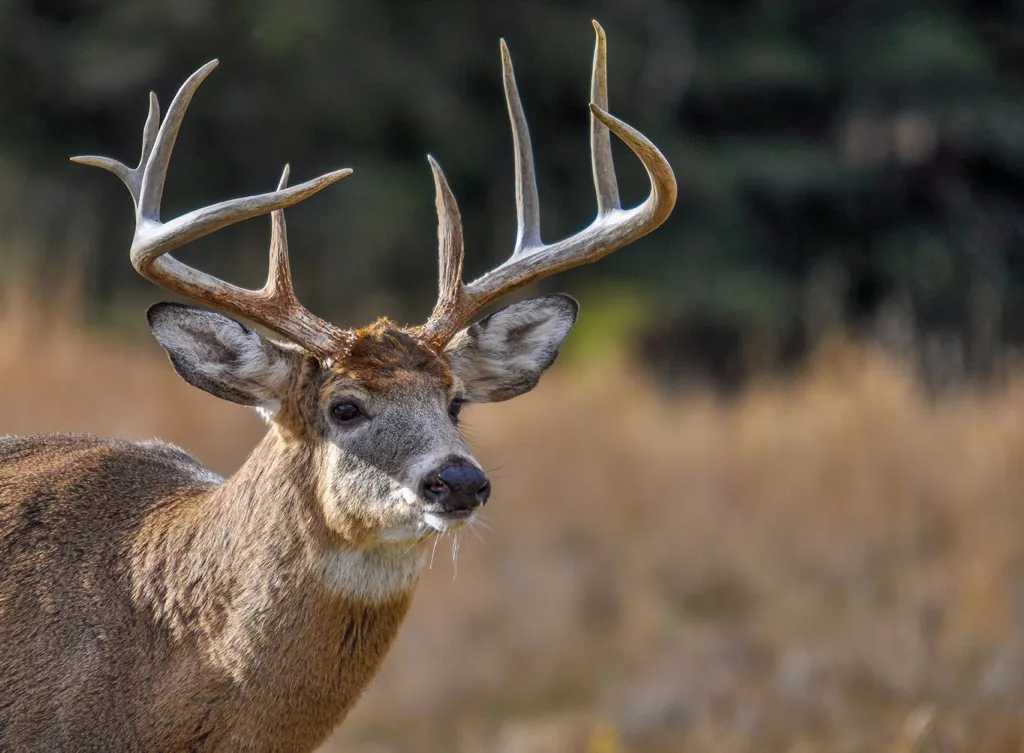
Deer are one of the primary vessels for disease-carrying ticks, but that's not even the main reason why they make the list of deadliest animals. Based on data compiled by the Centers for Disease Control and Prevention, these creatures cause an average of 120 human deaths per year, thanks primarily to the number of car crashes they're responsible for. (For comparison, sharks are responsible for just one death per year.)
27
Anteater
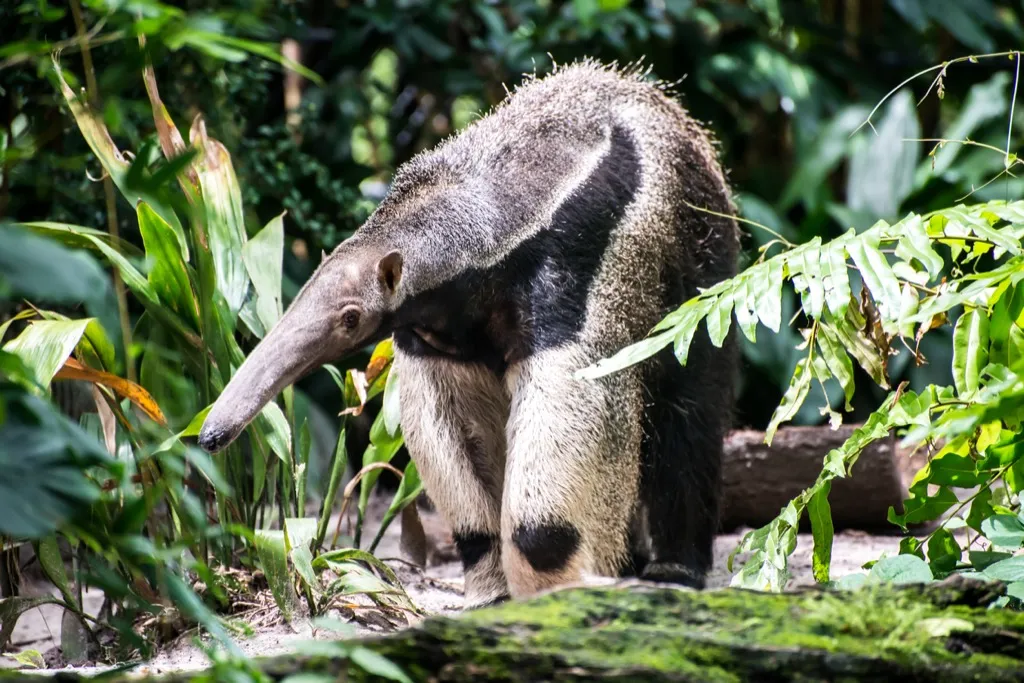
The anteater's claws are an incredible four inches long, making them capable of fending off beasts like pumas and jaguars. And if a predatory beast like the puma is scared of the anteater, then it's safe to say that we humans should be, too.
28
Stingray
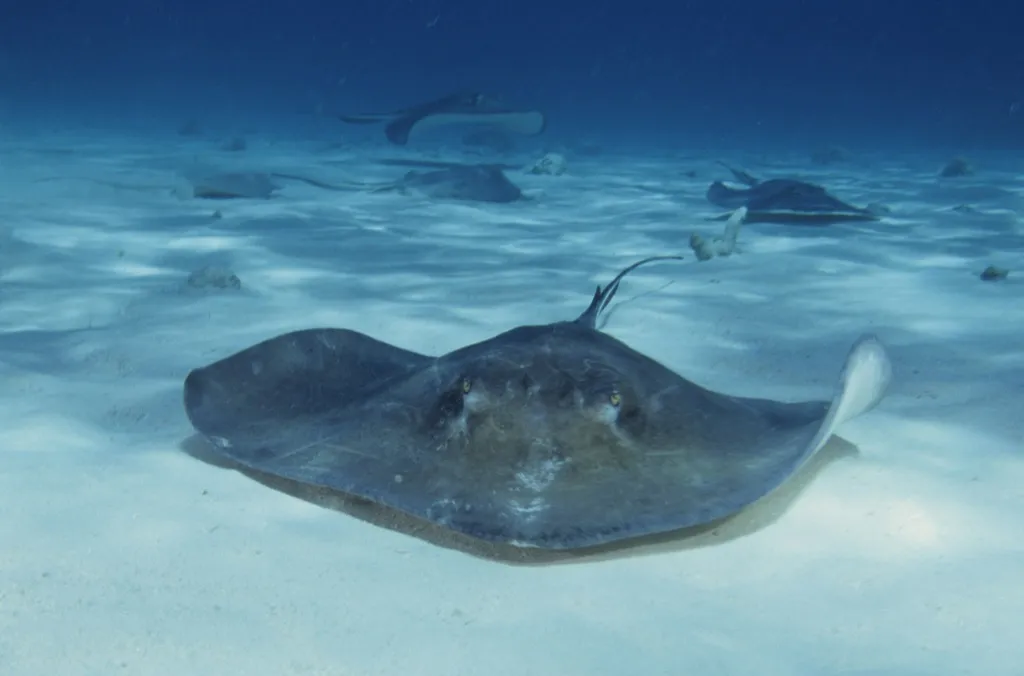
Folks around in 2006 won't soon forget Steve Irwin, who famously died thanks to a stingray blow to the heart. Of course, the stingrays at the aquarium are perfectly harmless (since their stingers are removed), but the ones in the wild are still armed and very, very dangerous.
29
Dog
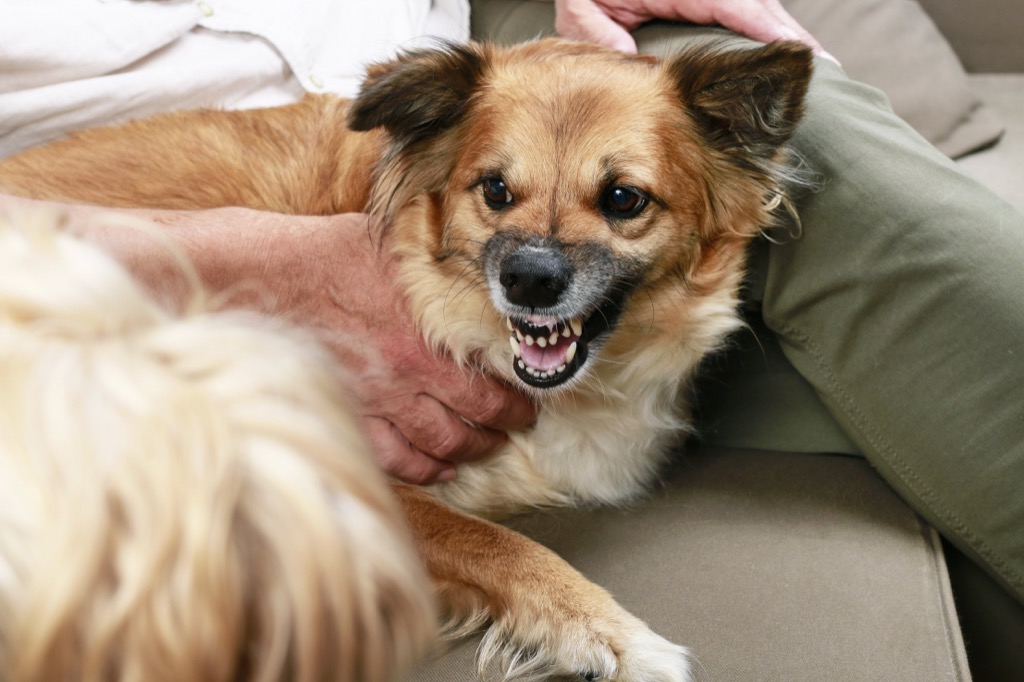
In the Western hemisphere, humans have kept canines in their houses for centuries and have treated them like family. But despite this (or even perhaps because of this close proximity), dog attacks are still fairly commonplace, with 466 dog-related deaths and more than 4,1000 injuries reported in the United States and Canada from 1982 to 2013.
30
Poison Dart Frog
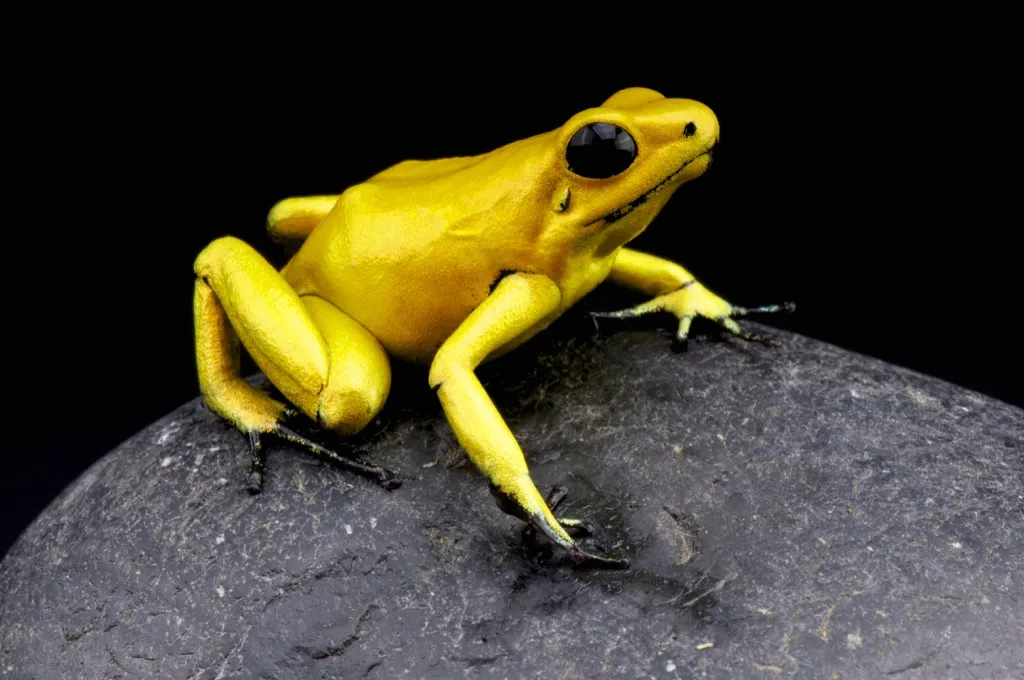
The poison dart frog is considered to be one of the most poisonous animals on earth. According to National Geographic, the colorful creature holds enough poison at any given time to kill 20,000 mice—and that kind of toxicity isn't something you want to mess with. Interested in learning more about the animal kingdom?
31
Hyena
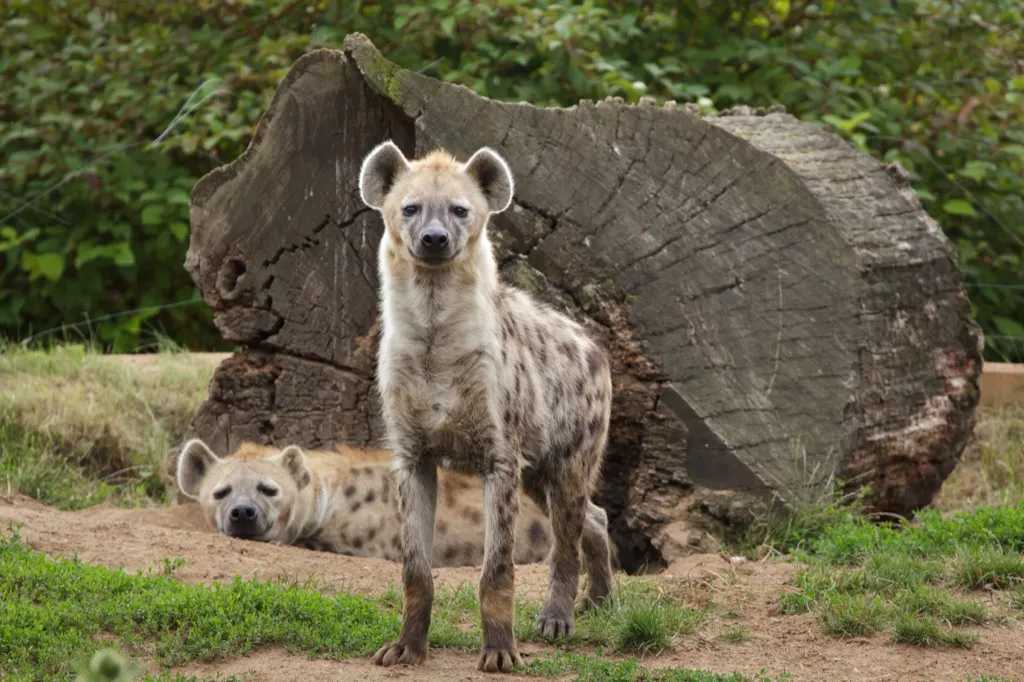
Those depictions of hyenas in The Lion King are not an exaggeration. Though they're much smaller than many of the other members in the Mammalia class, these creatures have earned the "man-eater" title along with predators like the lion and the leopard, thanks to the fact that they have a taste for human flesh.
32
Beaver
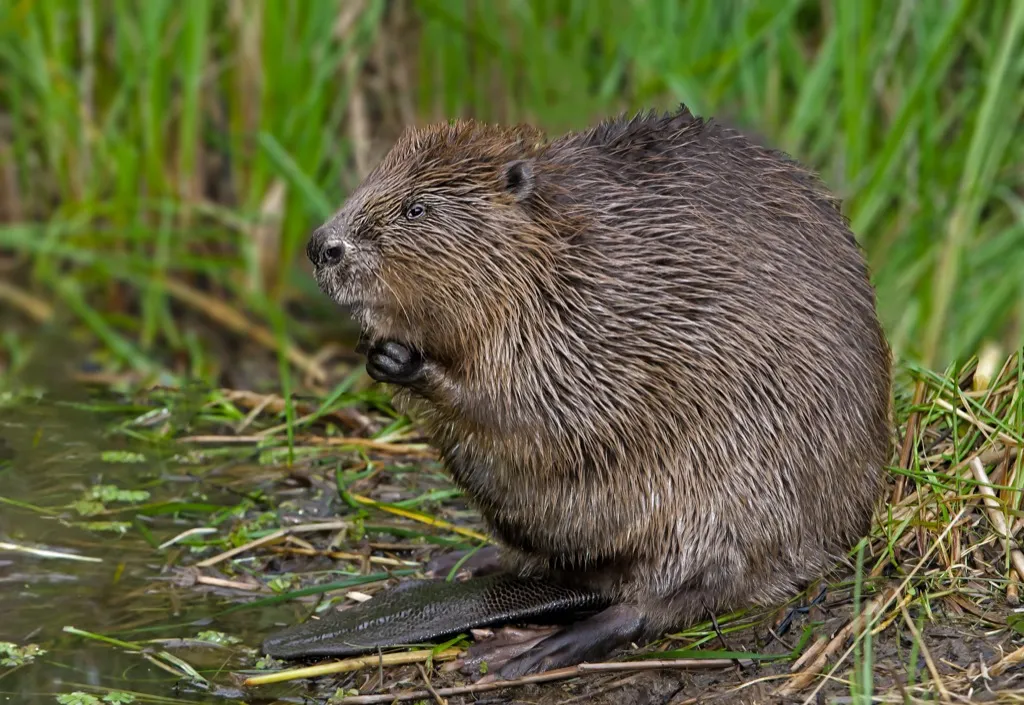
Feel free to admire the handiwork of a beaver from afar, but be careful not to get too close; though the rodent isn't a maliciously violent creature, it has no problem using its sharp teeth when it feels threatened. In 2013, one fisherman learned this the hard way when he attempted to take a photograph of a beaver up close and in return was bitten to death.
33
Humans

Yes, humans are animals too, and unfortunately we might just be the most dangerous animals out there. According to the World Health Organization, one person is murdered every 60 seconds—and there is no animal in the wild either sophisticated or vicious enough to ever come close to such a number.
